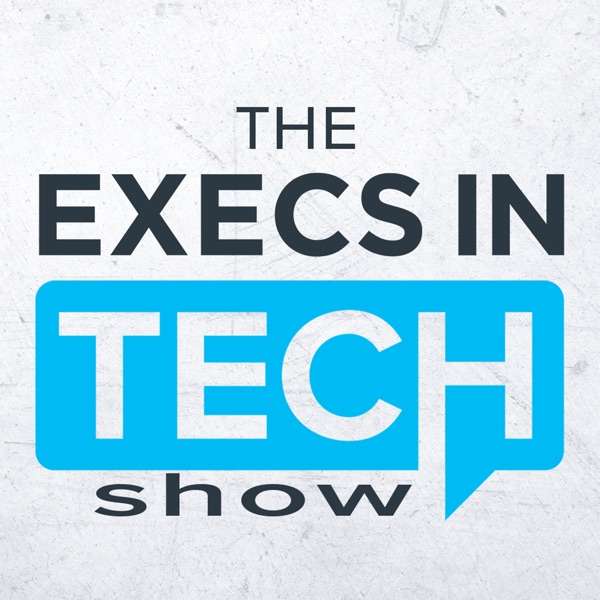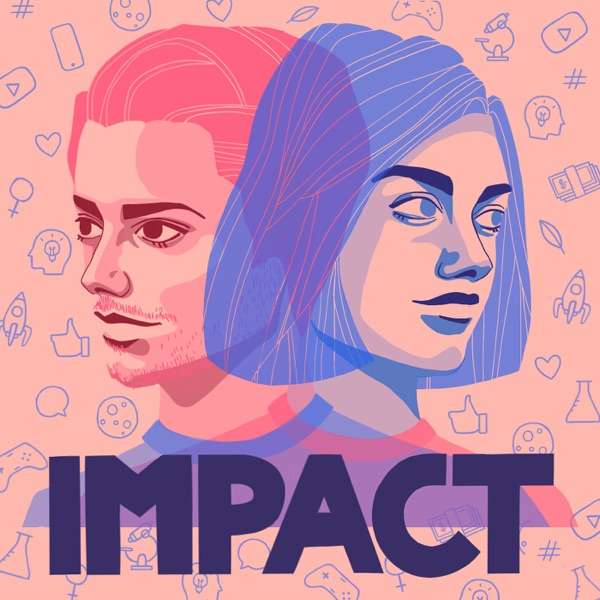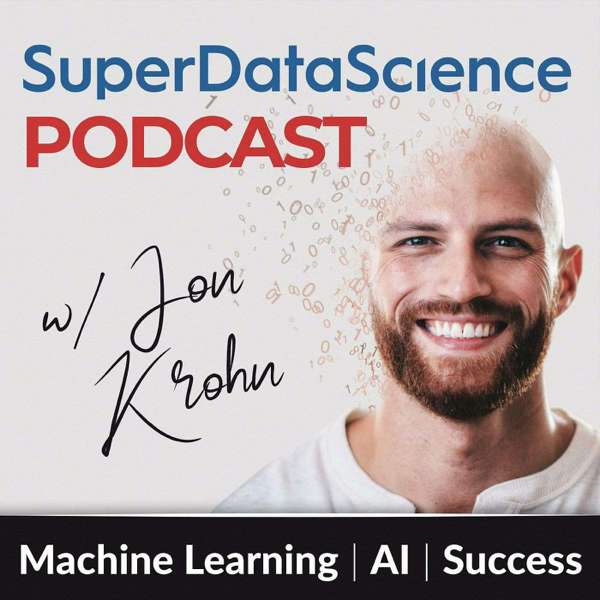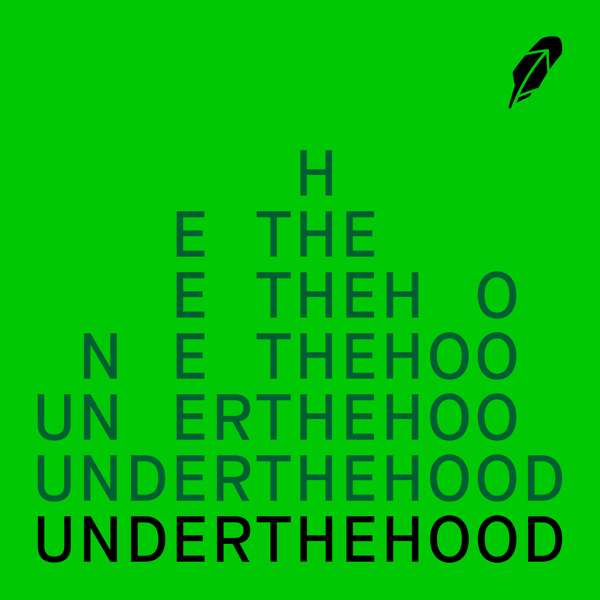To the outside world, cryptocurrency is that part of the internet where you can lose money to scams and rugpulls.
It's where some YouTuber tells you about a token called PAMP or SAFEMOON that is about to PUMP 1000x and YOU NEED TO BUY RIGHT NOW TO GET ON THE ROCKETSHIP.
Isn't that what crypto is?
Bankless readers are aware that this is not the case.
Bankless sees cryptocurrency as a land of opportunity, a new frontier, a digital world built on free and open-source software that allows us to break free from the Wall Street and Silicon Valley institutions that have enslaved us.
So, why do most people believe cryptocurrency is full of scams? And why do people keep coming to learn about it if it's full of scams?
What piques their interest? Or is cryptocurrency just a big con?
Today's article introduces my "Concentric Circles of the Crypto Industry" model, which explains why so many people outside of the crypto industry believe it is a scam.
This mental model can help crypto-newcomers navigate the Dark Forest of crypto with a little more ease, and with a little more understanding of the types of people you find in crypto — which ones to pay attention to, and which ones to avoid.
There are four concentric circles.
A set of four concentric circles is my model for who makes up the crypto industry.
The Core Devs are in the centre, with the rest of the world on the outside and the Crypto Believers and Grifters in the centre.
* The Core Developers.
* Crypto enthusiasts.
* The swindlers.
* The remainder of the world.
Core Developers
Let's begin in the middle. The Core Devs are the architects and philosophers who are constructing this industry from the ground up. They have a thorough understanding of the world's current problems, how cryptography and blockchain technology can help to solve them, and the radical implications for the future. They understand the philosophy, code, and moral good that this technology has the potential to bring to the world.
This is what we mean by "crypto values."
In this circle, you'll find Satoshi Nakomoto, the Bitcoin's anonymous creator, who birthed the Bitcoin blockchain before slowly disappearing into the internet because he knew Bitcoin would be better without a leader.
Vitalik Buterin, the creator of Ethereum, is also present. Vitalik is a digital monk, a master of cryptography, philosophy, math, and, of course, crypto-economics. Vitalik aspires to create public goods and social systems that benefit the entire world. Even though he is extremely wealthy, he has been known to sleep in hostels and live out of a single backpack in order to avoid consuming more resources than he requires.
He is a crypto-monk for the modern era.
Working as a Core Dev can be a thankless task. Building open-source software is frequently under-appreciated and compensated in proportion to the value it adds to the world.
Every day, Bitcoin Core developers work to improve Bitcoin. Every week, Ethereum core developers meet in public to discuss what to work on next and what society needs from the foundations they're laying.
These people are here because they believe in the mission, see a brighter future ahead, and want to help build it.
The Core Devs are the purists at the heart of the cryptocurrency universe, and their leadership creates the ultimate gravitational pull. These are the revolutionaries with good hearts and sound minds, and they are fighting for a cryptographic-power future... and they're all huge nerds in the best way possible.
We are here to help them... and they are here to help us.
Believers in cryptocurrency
The Crypto Believers are the next to speak up.
These are the users of crypto power. These people believe in the same future that the Core Devs do, and they live on the foundations that the Core Devs have laid.
However, this circle is not limited to users! Application developers, DAO members, and businesses are all creating interwoven layers of products and services based on these new protocols.
Ethereum is a protocol around which we all organise.
Apps like Uniswap, Aave, and Maker are built with smart contracts on the Ethereum app layer. Ethereum is used to organise DAOs such as BanklessDAO, PleasrDAO, and even Constitution DAO. Companies such as venture funds, news agencies, and media companies, such as Bankless, also organise around Ethereum.
This circle is populated by locals rather than tourists.
These are crypto citizens who are constructing structures in this new frontier, testing products in their early stages, gradually becoming bankless by managing their money and property on crypto rails, and creating new digital identities for themselves. These settlers have come to live in an open and free metaverse that has been built with open-source software and the open-source ethos.
These are people like Rune Christensen, who saw the need for a decentralised dollar and developed the MakerDAO vision... Before DAOs even existed! Now, billions of DAI exist to escape the mismanagement of their government's currency.
Or Hayden Adams, who built Uniswap, a public and free asset exchange system, entirely on his own after learning to code and with the help of a $10,000 grant from the Ethereum Foundation.
The values built into the base level protocols by the Core Devs are expressed in the applications built on top of them at this layer of cryptography.
Then there are people like Cami Russo, who lived in Argentina and saw firsthand how the Argentine Peso's hyperinflation created demand for crypto-related products. DAI, the crypto-native stablecoin, has seen widespread adoption in Argentina because it is the only tool available to Argentines to avoid 50-100% inflation rates.
Cami studied journalism and founded the media publication The Defiant after becoming crypto-pilled.
Another of my favourite crypto believers is Anthony Sassano. He creates a video in which he informs the world about what has occurred in the Ethereum ecosystem in the last 24 hours. Every single day.
This is the layer of cryptocurrency that broadcasts the industry's progress. Because they are focused on building the future, protocol core developers and application builders are not very good at marketing themselves. To accomplish this, the crypto industry relies on the surrounding community.
And this surrounding community exists only because we are all here for the same reasons: the belief that cryptocurrency is here to help build a better and more free world... and that it is a necessary step for humanity's future progress.
This is the world of cryptocurrency that many people do not see or understand.
And one of the main reasons for this is that the Crypto Grifters keep it separate from the rest of the world.
Crypto swindlers
There is an obstacle course between crypto believers and the rest of the world...
an asteroid belt of Crypto Grifters who make it difficult to hear the signal coming from the crypto industry's true spearhead
Grifters are loud, self-aggrandizing, and arrogant.
They use polarising tactics and styles that have proven to be effective in politics. Crypto swindlers aren't stupid; they know there's a lot of money to be made on the crypto frontier... and they're here to take advantage of it. To save money. To take shortcuts and the easy way out.
They will sell you fool's gold while stealing your money.
Crypto swindlers are the reason crypto has a bad reputation.
They're louder and more bombastic than regular cryptocurrency users. They promote themselves more than they develop technology. They frequently don't care about the technology they are developing; all they care about is making money from it, regardless of how sustainable or ethical it is.
Crypto Grifters purposefully create malicious products in order to catch the next inexperienced crypto noob.
They set up paid Telegram channels to share "alpha," but instead just dump on you. They create complicated DeFi projects that, if you fall into their traps, merely transfer money from your pocket to theirs.
Most Grifters appear in bull markets and imitate what's popular at the time. In 2017, they created fake ICOs, and in 2021, they created low-effort NFT projects with Fiver.
Wherever there's a profit to be made, the Grifters smell it and rush in, ready to grift.
Crypto swindlers share a few characteristics:
An egotistical personality... someone who is large, bombastic, and can be a bully at times.
A small, but highly engaging and manic community forms around these people, a kind of personality cult. They recite the messages, say the lines, and shill a token. They are the classic mix of humans and bots that we've come to recognise in the world of modern social media.
A product or system that is fundamentally unsustainable... even if it does not appear to be so at the time. A gleaming new crypto product that simply does not make sense under the hood... and eventually has a date with fate.
Mashinsky, Alex
Alex Mashinsky founded and ran Celsius, a custodial borrowing and lending service. A centralised company that accepted customers' crypto-assets and paid them high interest rates for their deposits. This is a typical business, and it is known as a bank. And there are many legitimate crypto products and services that do this.
Mashinsky, on the other hand, carried the DeFi banner and boasted about how DeFi will bring down the Banks. But he did build a bank! Celsius accepted customer deposits, used completely reckless and leveraged risky trading strategies, and gambled away other people's money.
Sesta, Daniel
The Wonderland ecosystem was built by Daniele Sesta. An army of Pepe Frog accounts trailed Sesta around the internet, swarming him wherever he went. You name it: cryptocurrency Twitter, YouTube comments, livestream chat boxes...
They invaded and infested the digital spaces where crypto-people spend their time, as well as our minds, because they were so goddamn loud. This strategy has been used before, both inside and outside of crypto, but when money is at stake, these internet armies can become deafening.
Anyway, Wonderland collapsed when people realised that an unbacked stablecoin is just an obfuscated ponzi scheme, and also when one of the project's anonymous co-founders was revealed to be Michael Patryn, a convicted money launderer and co-founder of the QuadringaCX exchange, the one with the mysterious death of the founder, after the exchange became insolvent.
Kwon Do
Then there was Do Kwon, Terra's eccentric and aggressive founder. The largest capital destruction event in crypto history, with $50 billion in capital destroyed.
The Terra ecosystem abruptly lost all of its incoming money flows, revealing itself to be an unsustainable structure...
...which, in retrospect, appears to be a massive Ponzi scheme.
Do Kwon, like Sesta, had a massive army of self-described "Lunatics." Ryan and I were extremely sceptical of the Terra Luna project, and when we voiced our concerns and dissatisfaction, we were harassed on Twitter by these raving lunatics.
Do Kwon's actions made this possible. As Terra pumped, Do Kwon became louder and more aggressive on Twitter, rallying his followers.
When Galaxy CEO Mike Novogratz got a Terra Luna tattoo on his arm, Ryan responded on Twitter, "This makes me question everything I know about crypto," to which Do Kwon snarkily replied, "Don't worry, it wasn't much."
And there are a lot of other swindlers out there.
Richard Heart — f#@k him.
BitBoy is the Alex Jones of cryptocurrency.
Under this narrative, Ripple Labs — which markets XRP currency as a "inter-bank exchange currency" — funds itself by dumping XRP on retail investors.
The list of deceptions continues.
Do we have to put up with the swindlers?
Both yes and no.
We can't directly stop the swindlers. That's the deal we make when we prioritise permission-lessness above all else.
Access for all is a core value that cannot be compromised.
Crypto, like the internet, does not require permission to use... It's a money and finance public utility that anyone with an internet connection can use. And as the financial world of DeFi grows and improves organically as more people use it, these public utilities become more useful over time.
Unfortunately, the same property of permission lessness makes it extremely difficult to stop grifters from grifting. Permission-less financial innovation enables us — you and me — to break free from the financial prisons erected by banks and Wall Street, but it also makes it difficult to prevent others from making unethical money.
We can't stop them, but we don't have to live with them.
We combat them through education. As an industry, we must improve our ability to reach the masses before the swindlers do. Massive marketing campaigns that use grandiose and bombastic tactics are difficult to compete with. Understanding what makes this industry tick is more difficult than simply listening to some charismatic individual telling you to buy their token.
The good news is that most people today have a basic instinct to avoid spam emails and viruses on the internet.
Crypto will eventually be no different.
Bankless is here to confront the swindlers and ensure that the good being built here is communicated to the rest of the world, so that the rest of the world knows that Crypto is here to set you free... and that we despise swindlers just as much as you do.
We're Going West
Since the dawn of cryptocurrency, the Grifters have always managed to find the crypto noobs' ears and eyes and sell them snake oil before the crypto believers could.
They're difficult to fight because they're aggressive and hungry, and they have to grift better than their fellow swindlers... because only the best swindlers triumph.
In crypto, we use the metaphor of 'Going West' at Bankless. Going into the unknown... into the frontier. In search of new opportunities and new horizons. There's money to be made out here, and we all want to get rich while we work together to develop this new land.
And as you travel westward, you may come across bandits. Highwaymen. Traps. Thugs. They rob you and make your life difficult.
However, if you know how to identify the signals, you can avoid them.
The best way to conquer the crypto frontier is to work together. As a whole. That is why we created the Bankless Nation, a collective group of westward-moving individuals who have all hitched their waggons together, so that we can teach each other the tricks and tips to making big in crypto while avoiding the traps and scammers.
Cryptocurrency is risky. You may lose what you have invested.
We're not for everyone, but we're going west.
This is the limit. It's not for everyone, but we're glad you're along for the ride.

 Our TOPPODCAST Picks
Our TOPPODCAST Picks  Stay Connected
Stay Connected







